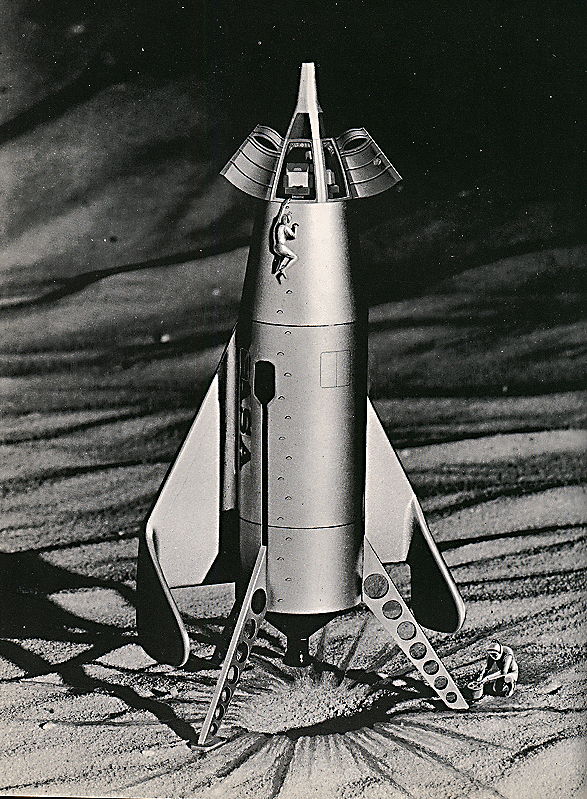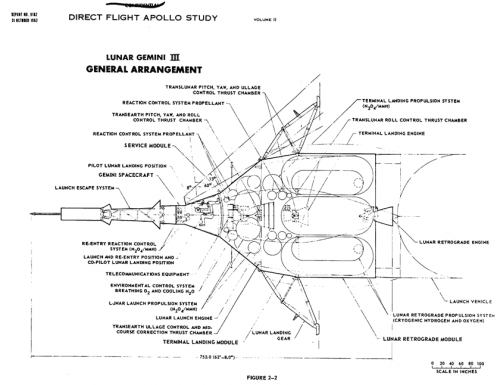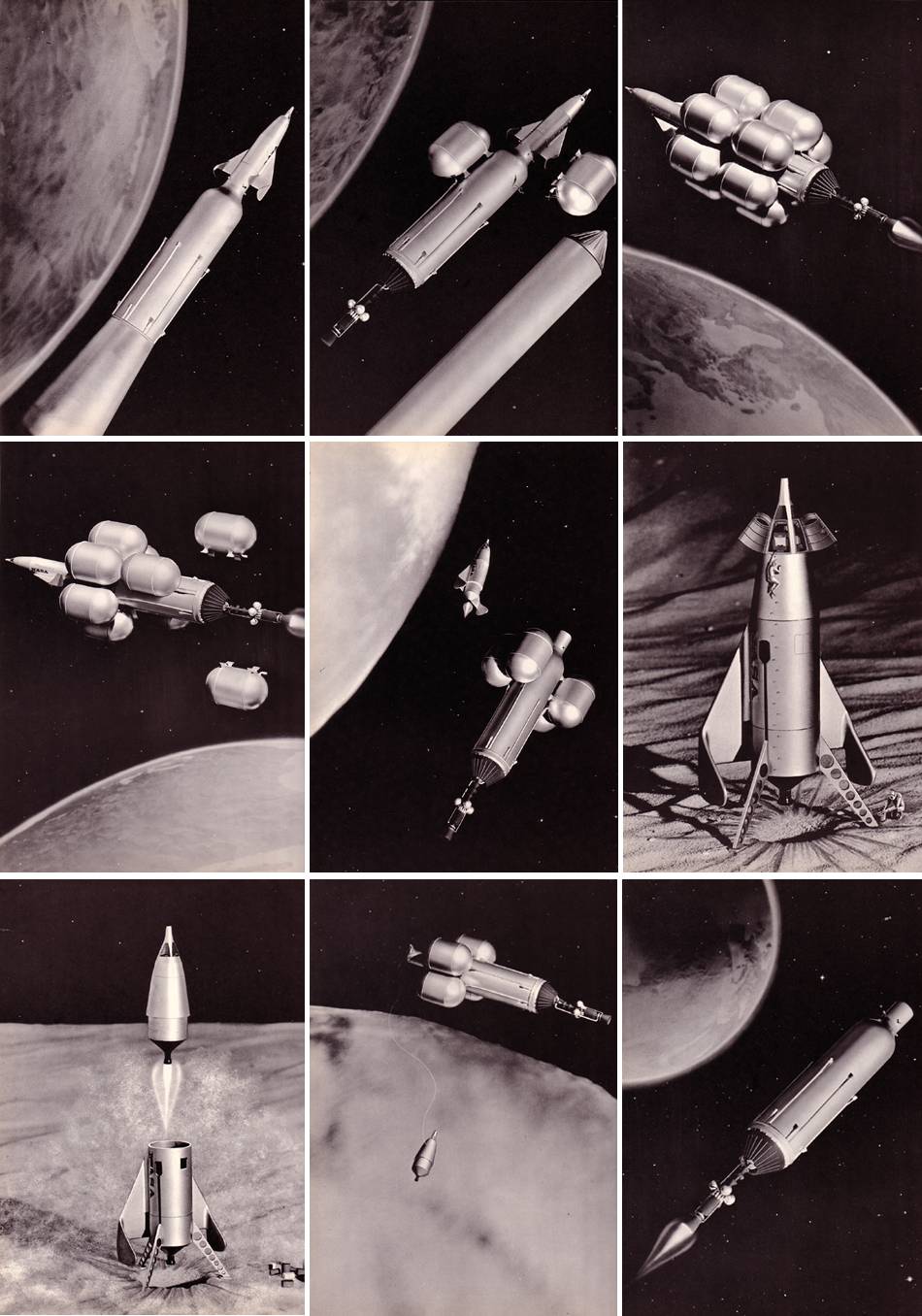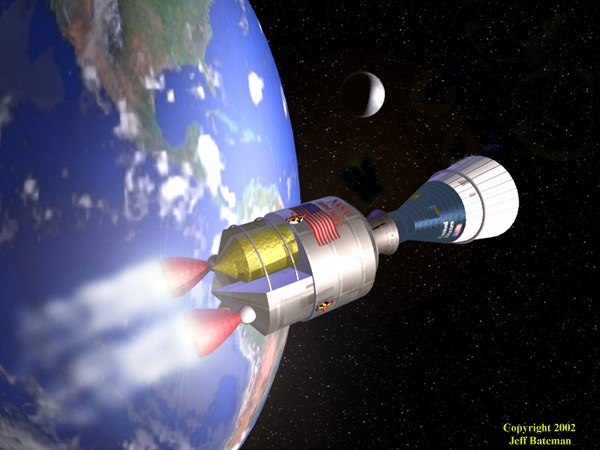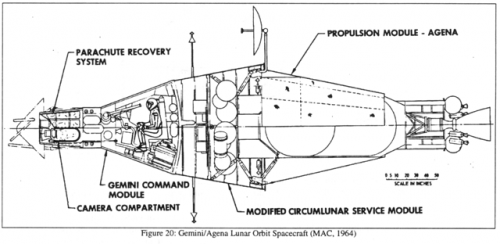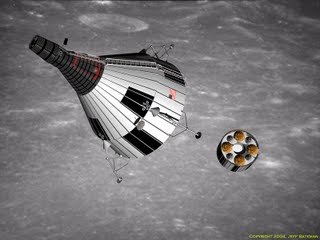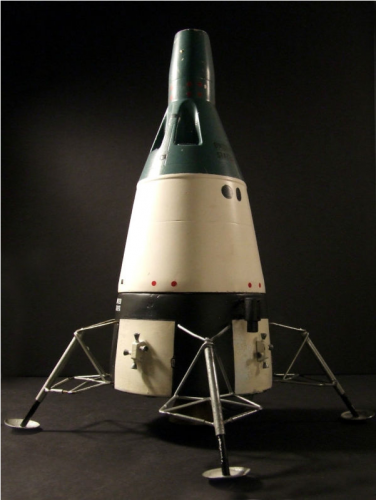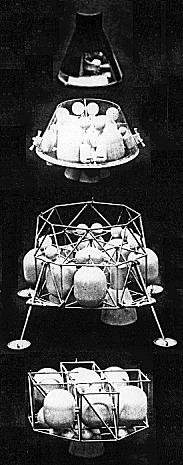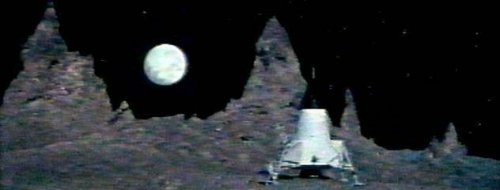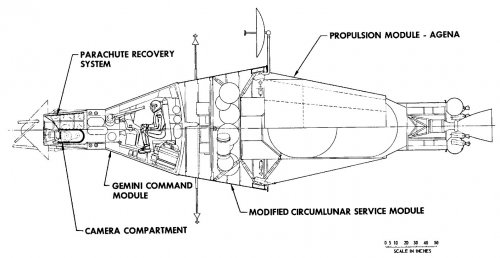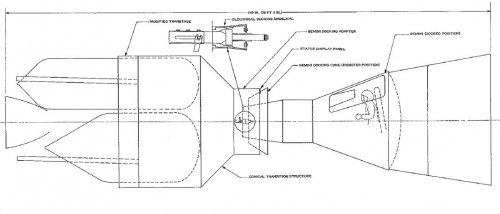http://www.astronautix.com/articles/bygemoon.htm
The Astonautix site suggests that using Gemini the US could have been on the moon sooner and at less cost.
'Such a program could have achieved a manned lunar landing two years earlier than Apollo at half the cost, a savings of $ 9 billion. '
What do people think of this suggestion and if it had been used and was successful, would you expect any changes to what happened to the moon programme afterwards?
The Astonautix site suggests that using Gemini the US could have been on the moon sooner and at less cost.
'Such a program could have achieved a manned lunar landing two years earlier than Apollo at half the cost, a savings of $ 9 billion. '
What do people think of this suggestion and if it had been used and was successful, would you expect any changes to what happened to the moon programme afterwards?

